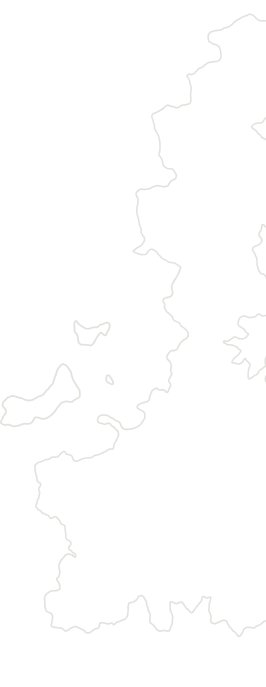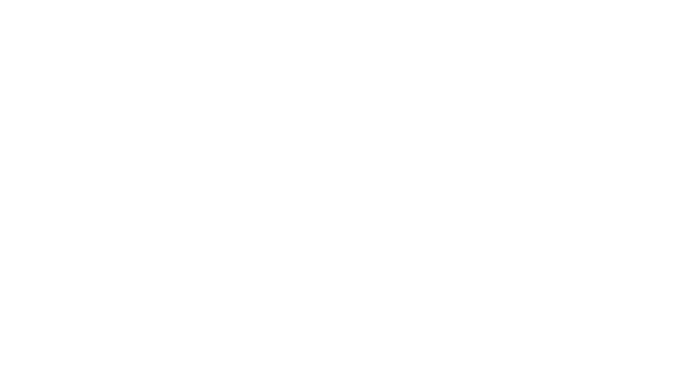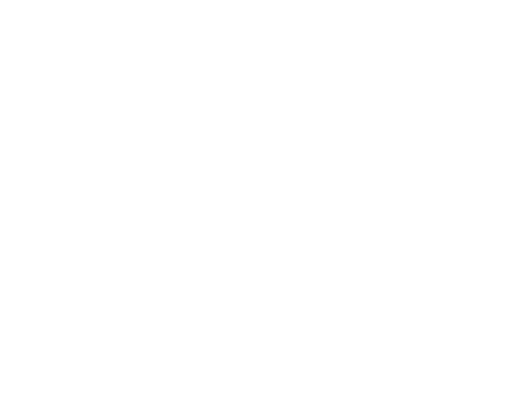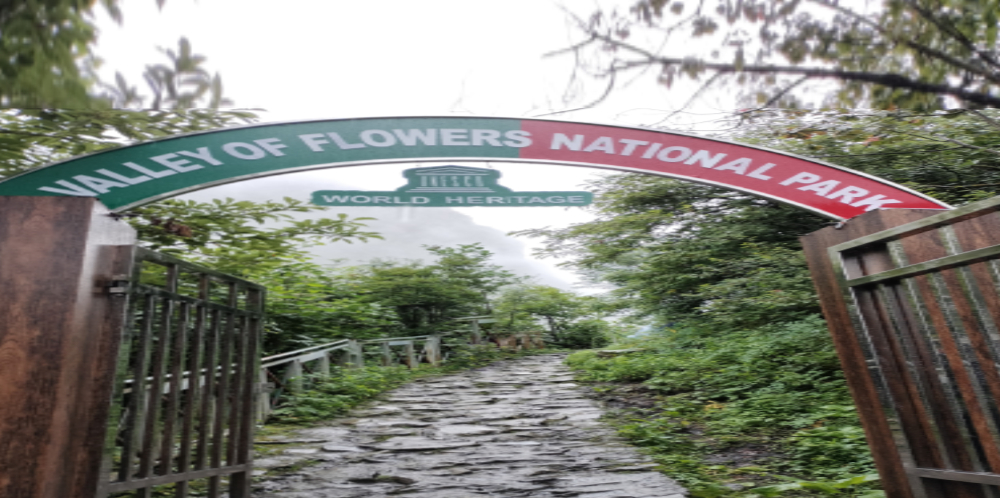
ABOUT
Is this trek for me?
Pin Bhaba Pass where dreadful challenges are posed during cross passing the valleys, like you will have to climb 3000 ft from one side and descent 3000 ft to the other. The weather fluctuates daily. It is little windy and cold due to drizzles drizzling. It is quite haze in day and extremely cold in night. It should be avoided at all costs by those who are beginners or planning to go with family.
Experience
You will come across boulders, moraines, wet and muddy terrains, scree, and glacier in the slopes, ascends and descends, so it demands high level fitness, endurance, and skills that only experienced ones can have. It is a high-altitude trek, you will experience altitude gains every day and usually it leads to acute sickness, so it becomes challenging for those who are not accustomed with altitude gains and high-altitude sickness. You will have to cross various rivers which will require technique, strength, and expertise you earned from the past experiences.
Why Safarnaama?
OUR WOW…WAY OF WORKING.
Safarnaama is in luxury trekking a good name in India is a leader in offering luxurious mountain hiking and first-rate services. The perfect combination of adventure and comfort, allows trekkers to indulge in the scenic beauty of the region while also enjoying comfortable accommodations and expert guidance. The luxury trek is a type of travel experience that combines the thrill of outdoor adventure with the comfort and amenities of high-end accommodations. It usually involves trekking through stunning natural landscapes, such as mountains, and forests while staying in luxury lodges or campsites that offer premium services and facilities.
The trek will be well planned, well led, and well-resourced with good quality food, transport, equipment, first aid and communications.
HOSPITABLE STAY AND MEALS
In Shimla We will be staying at 5-star hotel. It is safe, clean, and well-staffed place to leave your clean town clothes and other gear when you are in the mountains. On this trek we have our own clean and spacious camp sites. We always try to camp away from the crowded site to a cozy solitude premises. Every client will have their own tent unless there are couples, or they wish to share the tent. Tents are all equipped with mattresses and a ground sheet for preventing cold.
With our mountain kitchen our professional mountain chef prepares three-time meals a day (Breakfast, Lunch, Dinner). They are well trained & educated of hygienic, healthy as well as the delicious taste variety and have experience and knowledge to cook different dishes from continental, Indian, Chinese, and Italian cuisine and all are prepared to high-end hygiene standards to keep you healthy, though the way cooking is typical, but the taste is a matter of passion. If someone prefers to have pure Himalayan food will be served during the treks. Himalayan food include Daal (pulses) bhaat (rice) sabji (dried vegetables curry) is the special one.
Best time to do it
The best part about this trek is that unlike other treks it can be accessible in Monsoons too, that's why it is also known as the famous monsoon trek in Himachal. If you are a monsoon person then this is the best one to do, though the ideal time to do this trek is from June to September. By July, the winter snow at the higher campsites recedes, and valleys along the trail transform into flower-laden meadows.
Currency
The unit of the Indian Currency is Rupee. One Indian Rupee is made up of 100 paisa. Indian Rupee notes come in Rs. 1, 2, 5, 10, 20, 50, 100, 200 and 500. Coins come in paisa 5,10, 20, 25, 50 Rs. 1, 2, 5, 10 denominations. Paisa coins are not currently used for common transactions. Foreign currency, and traveller cheques, can easily be exchanged at banks or authorized agents. In city banks have money exchange counters, which are quick and convenient. MasterCard, Visa and American Express are accepted at all major Hotels, Travel Agencies, Restaurants and Stores. Only the first two though, are currently accepted at banks for money advances. As from 1997 ATM services are available in India, last ATM will be available in big settlements. Advisable is not to depend on the remote area’s ATM service. Online payment also available in the areas have internet. In the cities, and specially while trekking, change for Rs500 bills is not easily available. Banks are open between 10:00 A.M. to 2:30 p.m., Monday to Saturday. Closed on 2nd and 4th Saturdays and national holidays.
Insurance policy
We recommend cancellation insurance to protect your investment. We require participants to have travel insurance that covers medical expenses, Chopper evacuation and repatriation. Please ensure that your chosen policy provides cover for the activities (trekking and mountaineering with ropes and guides) and in the localities in which you will travel (India, to elevations up to 4,000m/13,000ft above sea level).
You may already have your own policy but if not, you will need to put something in place. Your nationality will determine what options are available to you to cover this trip. For example, the British and New Zealand Mountaineering Clubs provide cover for locals; Australians can look into Insure for less with the appropriate extensions to the standard policy. Whatever policy you take out, you must ensure that is covers the activities you will undertake on this trip.
High altitude sickness and evacuation
Most of our adventures in the Himalaya take us to remote regions of high altitude. We always take our time to acclimatize properly, and we allow for additional days to get reenergised and fit. While most people may experience minor ill effects from high altitudes, there are some who have persistent symptoms, which require return to a lower altitude or emergency evacuation.
All clients are required to have travel insurance covering emergency rescue, usually by helicopter. We must stress that this kind of evacuation occurs in a life-or-death situation only. Rest/descent or both to a lower altitude are the best remedies for most illnesses experienced in the high altitude, usually none of them found out lower than 4000 meters. Circumstances differ, and the tour leader about treatment and itinerary will evaluate each situation. Considering the ill person condition, if helicopter evacuation required then just co-ordinate with your tour leader, he can talk to us, we will arrange the fastest evacuation system immediately. We will work with you to accommodate your needs and requests to the best of our ability. There are small, limited health clinics in some areas, hours of operation dependent upon the season. Additional costs incurred in cases of illness are not the responsibility of organisers or will be charged as extra cost.
Get in touch
ITINERARY
Expand allCollapse allDAY 1
PICKUP FROM CHANDIGARH AIRPORT AND DRIVE TO SHIMLA
STAY IN HOTEL AT SHIMLA | EXPLORE CITY| Altitude: 7,238 ft.
Drive Distance: 145 km | Drive Duration: 4 hours |
DAY 2
DRIVE FROM SHIMLA TO KAFNU
Drive Distance: 203 km | Drive Duration: 7 hours | Altitude gain: 7,238 ft to 7,900 ft
DAY 3
KAFNU TO MULLING
Trek distance: 11 km | Trek Duration: 7-8 hours | Altitude gain: 7,900 ft to 10,660 ft
DAY 4
MULLING TO KARAH
Trek distance: 12 km | Trek Duration: 7-8 hours | Altitude gain: 10,660 ft to 11,652 ft
DAY 4
KARAH TO PHUTSIRANG
Trek distance: 14 km | Trek Duration: 7-8 hours | Altitude gain: 11,652 ft to 13,475 ft
DAY 5
ACCLIMATIZATION/CONTINGENCY DAY
DAY 6
PHUTSIRANG TO MANGRUNGSE VIA PIN BHABA PASS (16,105 ft)
Trek distance: 14 km | Trek Duration: 9-10 hours | Altitude gain: 13,475 ft to 13,674 ft
DAY 7
MANGRUNGSE TO MUDH VILLAGE AND DRIVE TO KAZA
Trek distance: 16 km | Trek Duration: 7-8 hours | Altitude loss: 13,674 ft to 12,280 ft
Drive Distance: 50 km | Drive Duration: 2 hours | Altitude loss:12,280 ft to 11,980 ft
DAY 8
KAZA TO MANALI
Trek distance: 200 km | Drive Duration: 9-10 hours | Altitude loss: 11,980 ft to 6,398 ft
STAY IN HOTEL AT MANALI| EXPLORE CITY| Altitude: 7,238 ft.
DAY 9
MANALI TO CHANDIGARH AIRPORT DROP
Drive Distance: 271 km | Drive Duration: 5-6 hours |
NOTE: THE ITINERARY IS SUBJECT TO WEATHER CONDITION.





